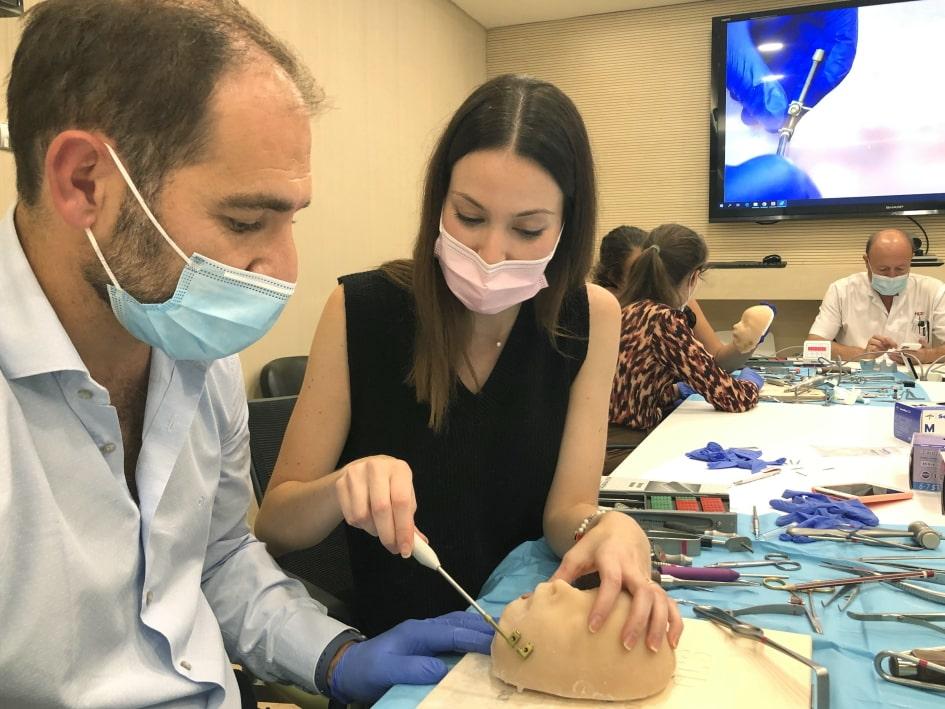SJD Barcelona Children's Hospital, the first hospital in Catalonia authorised to create 3D reproductions to plan complex surgeries

The government of Catalonia and the spanish medicines agency have granted the license for the manufacture of custom orthopaedic products.
SJD Barcelona Children's Hospital is the first hospital in Catalonia that will be able to manufacture and supply other hospitals with 3D reproductions of anatomical models and support tools for the planning of highly complex surgeries.
In recent years, 3D has become highly prevalent in the health area. Thanks to this technology, in the case of very complex operations, surgeons can now have an exact physical or virtual life-sized reproduction of the organ to be operated on and can thus plan the best way to tackle the operation before entering the operating theatre. 3D also allows them to have cutting guides and support for the intervention fully adapted to the specificities of each patient, improving the safety, efficacy and outcome of the intervention and reducing risks.
As this is an emerging field, until now the manufacture of medical devices was not regulated in the European framework and most hospitals that used them did so in a research context. Now, SJD Barcelona Children's Hospital has received a licence from Generalitat de Catalunya (the autonomous of government of Catalonia) and Agencia Española de Medicamentos (spanish medicines agency) to manufacture custom orthoprosthetic products (specifically, anatomical models for surgical planning and surgical guides for cutting and positioning). This licence is the essential requirement established by the new, recently approved European regulations, which came into force last May, to be able to produce custom and 3D medical devices for health or educational purposes.
3D planning and the creation of custom medical devices is already a reality in the medical-surgical world which helps to protocolise interventions and personalise treatments according to the needs of each patient and professional. It is a paradigm shift that moves the development of devices from assembly line factories to unique, custom products, produced virtually on demand," says Arnau Valls, technical manager of the 3D Unit at the SJD Barcelona Children's Hospital.
An emerging tool for teaching
The reproduction of anatomical pathological models is highly useful for planning surgeries, but it can also be useful for teaching, as those attending a medical course can simultaneously practice what the speaker is showing them on a 3D reproduction of the organ being operated on.
The Hospital has held a pioneering course on maxillofacial and plastic surgery in which the different attendees had the opportunity to carry out corrective jaw surgery on a 3D reproduction of a child's head with the same malformation. "This opens up many possibilities in the world of teaching. Until now, those attending a course had to watch how the speaker performed the intervention, but they could not reproduce it simultaneously and experience the difficulties that arose in order to try to solve them. I think it is a tool which, together with simulation, can change the world of clinical teaching", says Josep Rubio, Head of Maxillofacial Surgery at SJD Barcelona Children's Hospital.
Approximately 300 interventions with 3D
SJD Barcelona Children's Hospital has been using 3D since 2013. During 2021, it supported and helped plan more than 200 complex maxillofacial, orthopaedic and trauma, plastic, dental, fetal, neurological and cardiological surgeries. The centre has five 3D printers using different technologies to carry out this work: FDM, SLA and Polyjet.



